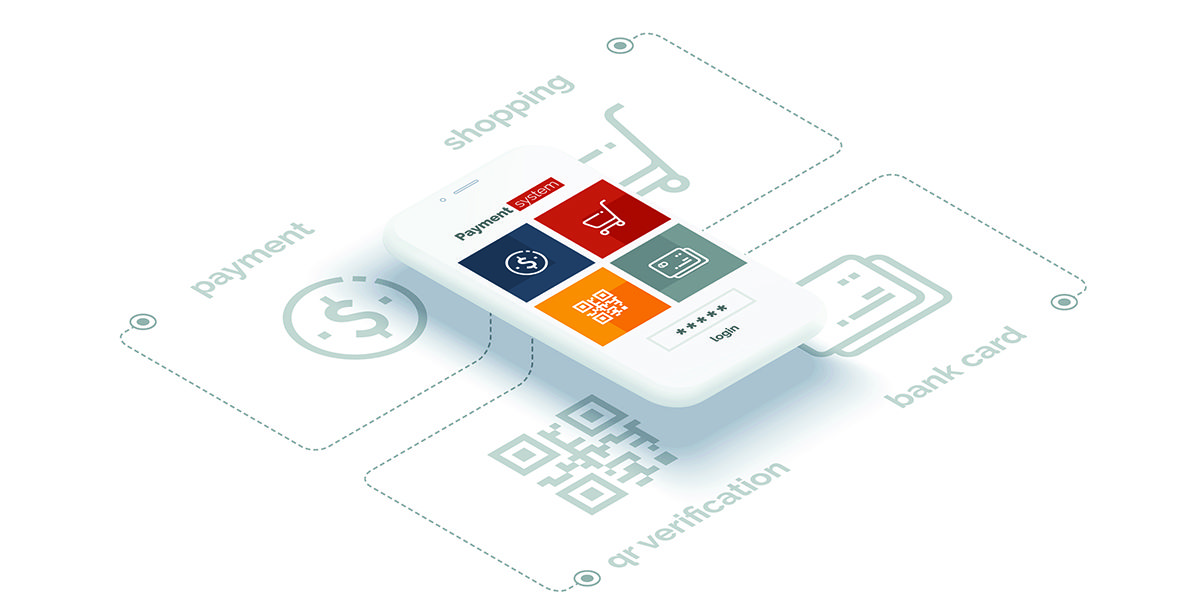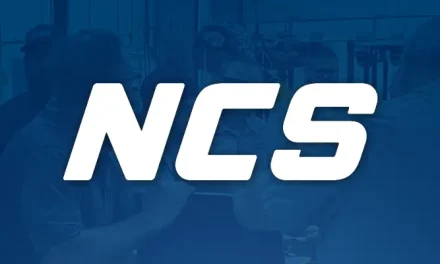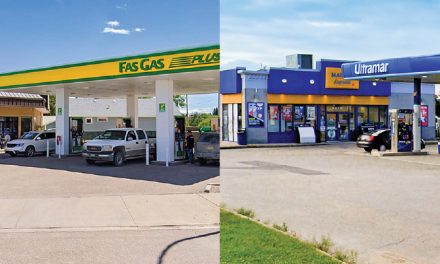
Reinvigorating Retail in a Pandemic: Driving More Foot Traffic Through Payments Innovation

By Jason Groulx
50 per cent of Canadians are using e-commerce platforms more often and for a more diverse range of products, including items often found at their local convenience stores.
The pandemic hit small retailers hard and many have yet to recover. According to the Canadian Federation of Independent Businesses (CFIB), which counts retailers as its largest constituent, Canada’s small businesses remain at just 39 per cent of normal sales.
Convenience stores are no exception. Recent data from Payments Canada shows that 50 per cent of Canadians are using e-commerce platforms more often and for a more diverse range of products, including items often found at their local convenience stores. Suddenly, even the local convenience store is competing with giants like Amazon.
In order to compete and stay relevant, many retailers have moved online to stay afloat. For others, that’s just not feasible, so they have sought out new ways to bring more customers in store. At Payment Source, we have seen this first-hand as we have been helping members in our Now Prepay network of 15,000 retailers create new revenue streams that drive traffic to their physical locations.
And, it’s working. Small retailers in our network have reported a big lift: “With more and more consumers embracing online payment methods, subscription services, and gaming during the last year, we as a company were ready to fill this consumer void. Our sales have definitely benefited,” said Rafiq Hakim, category manager at Red Apple / The Bargain Shop,
Convenience stores across the country can learn from the simple and effective ways that forward-thinking retailers are leveraging payments innovation to drive new business in-store.
Adding international bill payments and money transfers to the service offering
There are surprisingly simple and low maintenance ways to offer international bill payments and money transfers to retail clientele.
The customer experience looks like this: A customer shows a QR code, which the retailer scans, and the customer is able to send money instantly, even across borders.
Customers love this service because there is no need to wait in line at other service providers or deal with cumbersome paperwork required with traditional transactions. The majority of the process is done online, and customers simply complete the transaction in store. It’s even more relevant in rural or remote locations where convenience stores are very accessible compared to alternatives.
Retailers make a commission on each transaction and onboarding and operating the technology is quite simple. A retailer can be up and running in less than a week and, as long as they are capable of scanning a barcode, the rest takes care of itself.
Becoming a stopping point for prepaid wireless
There are about 35 million wireless subscribers in Canada and nearly 10 per cent of them rely on prepaid mobility, according to the Canadian Wireless Telecommunications Association. Convenience stores are capturing a share of these 2.5 million customers nationwide by giving them an alternative to the bricks and mortar locations of big wireless carriers.
Prepaid mobility is a bring-your-own-device business, so convenience stores can offer everything else a customer needs to get started. It’s quite simple to enhance your value proposition in the neighbourhood by providing customers with a stopping point to purchase a SIM, receive instructions on how to activate their phone, purchase the first month of their prepaid plan and return monthly to add to their minutes.
This not only helps an important segment of the economy, but it’s a lucrative business for retailers who get paid for selling the SIM card and receive a commission after it is activated. Some ambitious stores have even amped up the service – offering more of a white-glove experience for customer activations – which is driving more traffic and increasing their commissions.
Offering a wide variety of alternative payment tools
While credit cards are popular, not everyone wants to use them nor does everyone have access to them. That makes online shopping a challenge, given credit cards are the primary payment option for e-commerce in Canada.
Reloadable prepaid cards, mobile wallets, and Amazon Cash are all alternative payment options that retailers have begun offering in their communities to connect bricks-and-mortar retail to online. Customers can load up these tools in person at a local retailer and use them to shop online in lieu of a credit card.
Not only does a retailer make a commission, but they benefit from more foot traffic and help connect everyone in the community to the online shopping experience – a key element of financial inclusion.
Hakim went on to explain that these services “helped us provide an essential service for our small town customers during the pandemic.”
Payments Source has seen significant uptake of these services throughout the pandemic. For example, between 2020 and 2021, mobile wallet loading increased by 170 per cent, the majority of which took place in person at local retailers. We are very proud to meet Canadian retailers where they are at. While the pandemic has driven many retailers to e-commerce, it’s not the only way to succeed in this new environment. A little creativity and some great partners in payments can help a business pivot with easy-to-adopt new products and services that keep the retailer at the heart of the community.
Jason Groulx is vice president, merchant services at Payment Source and leads the Now Prepay program for retailers. He can be reached at jgroulx@paymentsource.ca.



































